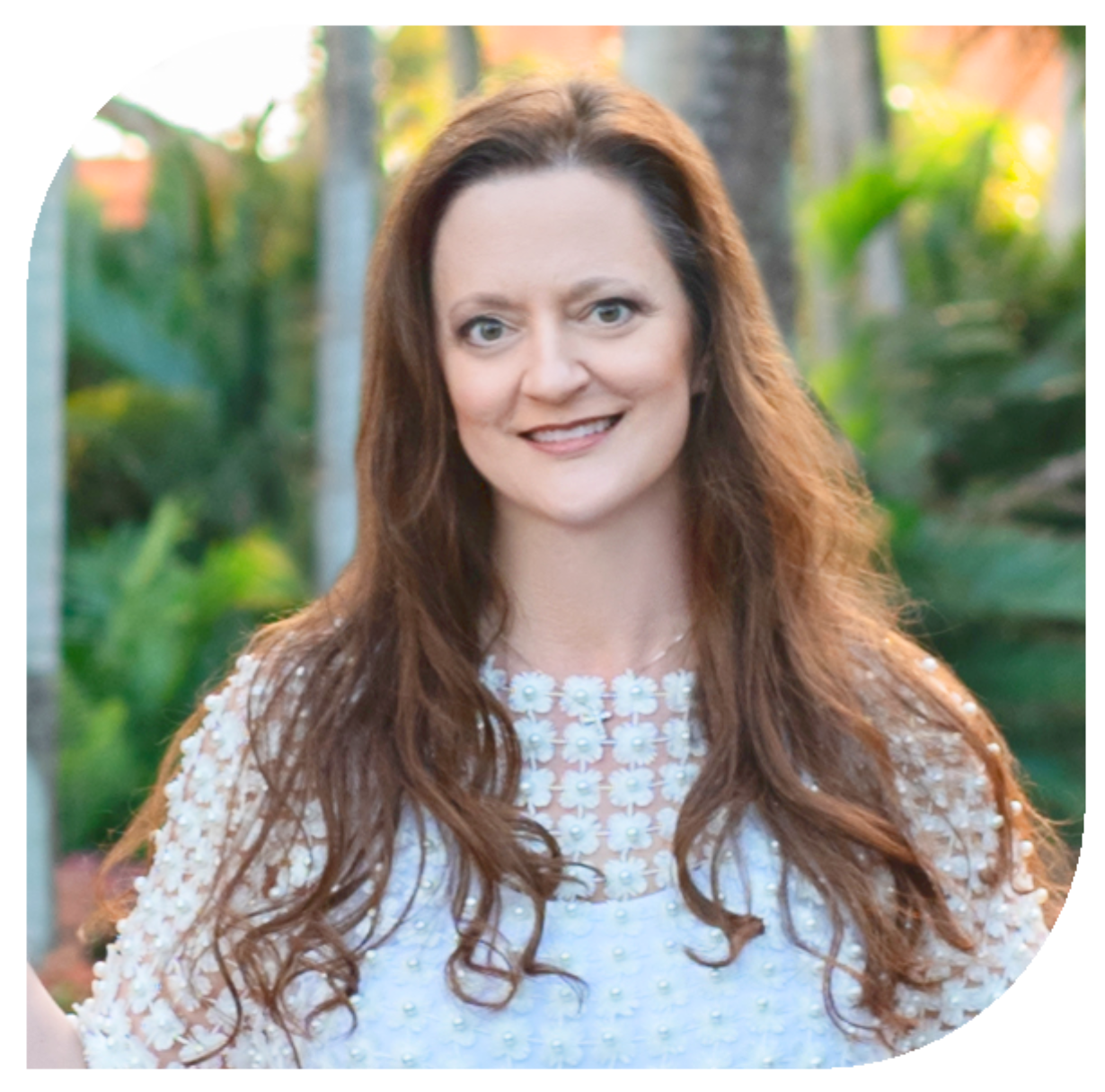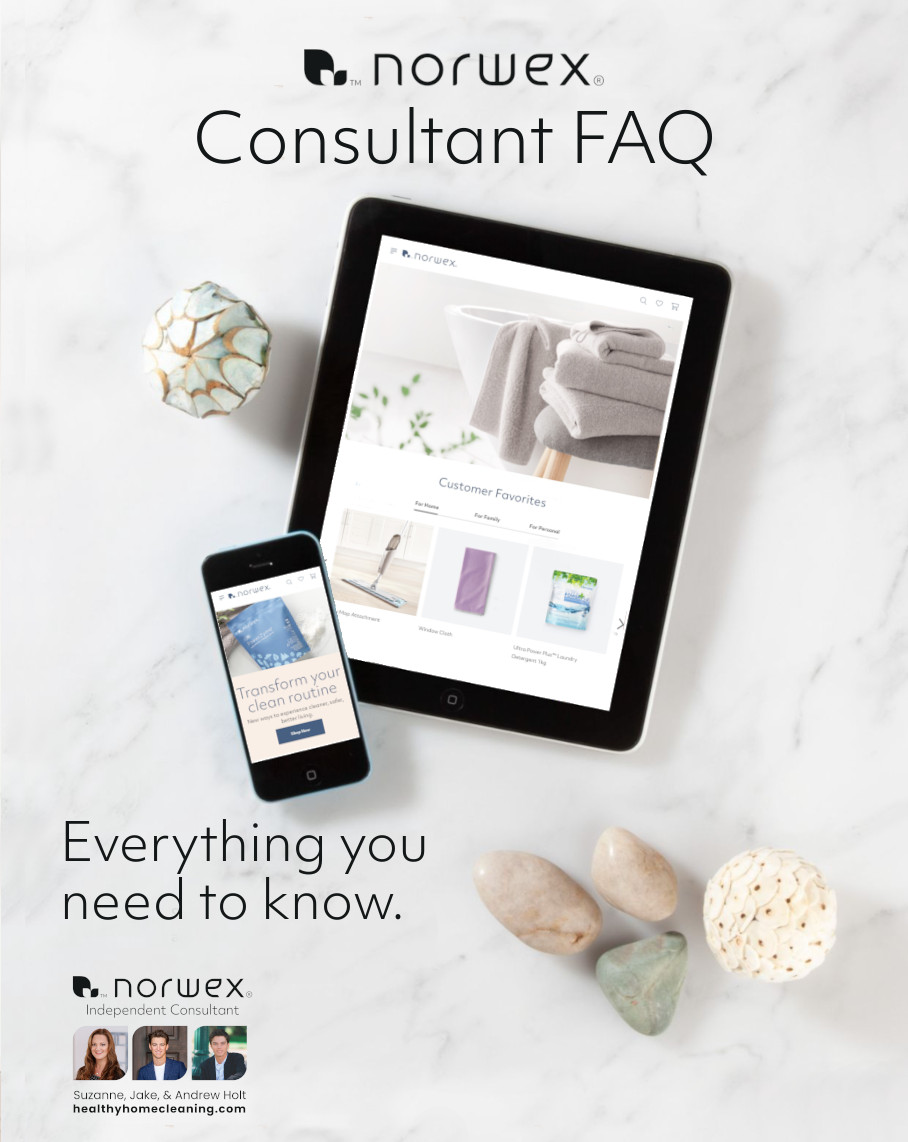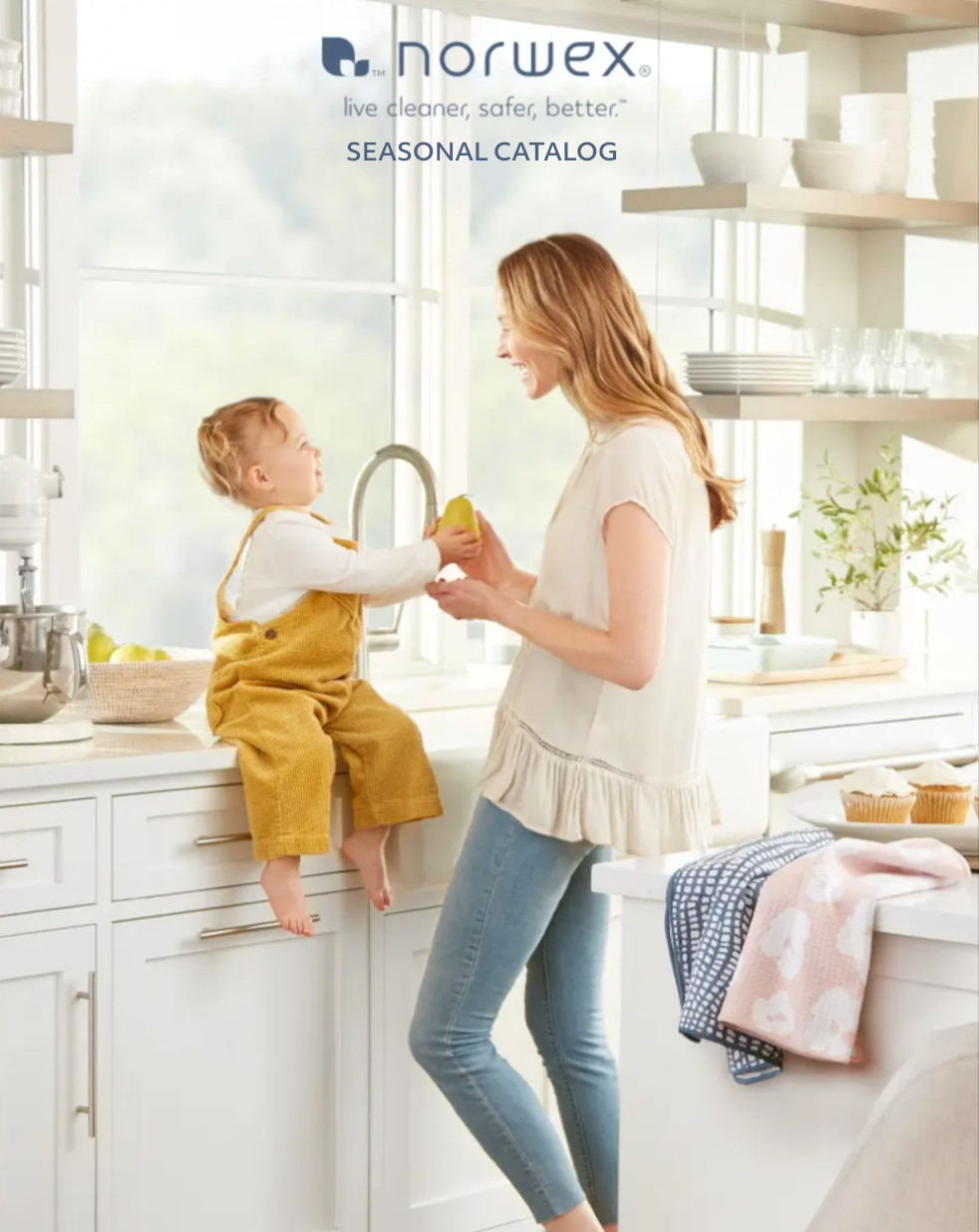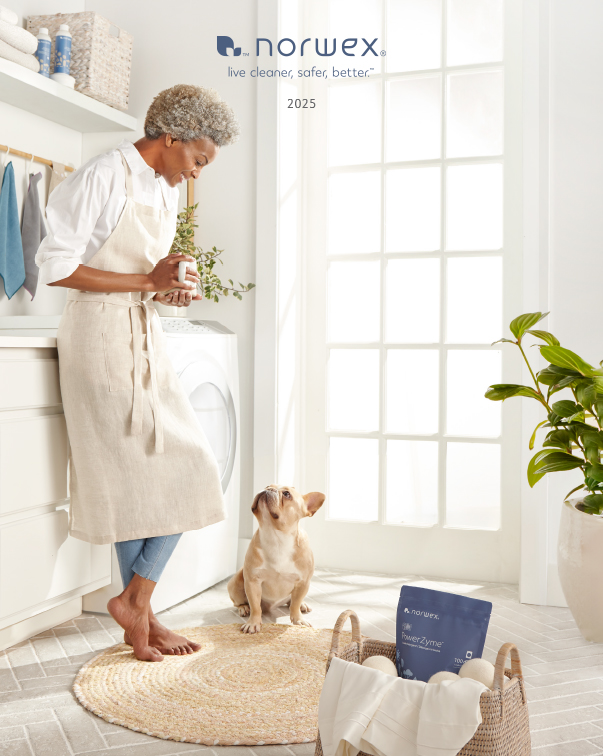I know many of us, especially Moms, think bleach is the miracle cleaner that kills everything and sanitizes our home to the safest standards possible. Unfortunately, it’s not. Not only are there a lot of myths about bleach out there, but in reality, the dangers far outweigh many of the benefits.
According to OSHA (Occupational Safety and Health Administration), if you are using bleach in a workplace, it is required that you use a mask and gloves while the product is in use. It causes problems with the eyes, skin, and respiratory tract if inhaled and can even be fatal to those who are exposed to large quantities. Out of all the bleach product rated by the Environmental Working Group, only 3 scored an “A” and 23 scored an “F”.
I was shocked when I read a little more about bleach and came to the realization that aside from the dangers of it, it’s not nearly as effective at cleaning as many of us think it is. Here are a few things about cleaning with bleach that I was surprised to find out:
1. Bleach is not an all-purpose cleaner.
Bleach might get rid of germs and stains on white t-shirts, but as far as cleaning grime and dirt from surfaces in your home, it is not a very good choice. Bleach does not contain any surfactants, and therefore will not lift and remove dirt and grime.
Even if you’re using bleach to sanitize, it has to be used on a clean surface or else it isn’t effective:
The use of bleach must be done on previously cleaned surfaces since the oxidizing effect of the bleach can be tied up with soils. This would impair the ability of the bleach to function properly as a disinfecting agent.
I’m not one to clean my kitchen counters with bleach products, but if you are, not only are you NOT cleaning away the dirt, (although you are killing bacteria), but you’re leaving harsh and hazardous chemicals on the counters where you prepare food. Bleach is so harsh that it eats away and degrades surfaces over time, especially porous surfaces, so if you’re regularly using bleach to clean one area, don’t be surprised when the surface begins to lose its luster and feels rough and unfinished.
2. Bleach isn’t as effective for mold removal as you thought it was.
Will chlorine bleach kill mold… yes or no? The answer is yes, but Only on hard, non-porous surfaces (kitchen & bathroom counter-tops, tubs, and shower glass, etc.). Bleach, however, is NOT effective at removing and killing mold on WOOD or WOOD BASED MATERIALS, such as wall board, ceiling tiles, wall studs, fabric, paper products, etc., all of which are porous materials.
The properties of bleach prevent it from soaking or absorbing into wood based materials to destroy the deeply embedded roots (mycelia) of the mold. So the surface of the wood may look and smell mold free, but if you don’t destroy its roots, the mold is still there, ready to spread into other areas. (Source)
3. Bleach expires quickly.
There is no expiration date on bleach, but it only takes 90 days after packaging for bleach to lose nearly 50% of its strength, and will be basically ineffective after 1 year. This goes for opened or unopened bottles; I know many of us have jugs of bleach that sit around for as long as 2 years before they’re completely used, but if you’ve owned your bleach for even just six months, it’s already become far less effective then it was when you first bought it.
Here’s another related tidbit: Bleach works best when it sits on a surface for 10-15 minutes. If you’re spraying it on mold or soap scum in the shower, it’s immediately running down the wall or tub and the area you’re trying to clean is not getting maximum exposure to bleach. You also can’t “spray and wipe” – the bleach really has to sit for a while in order to be effective.
As you might have guessed, I have exchanged my bottle of bleach for Norwex, in most situations. Here are a few areas of the house where I used to use bleach, where I now use a non-toxic alternative, that really works better than bleach ever did:
- Toilet → Bathroom Cleaner & Ergonomic Toilet Brush
- Bathtub & Shower → Norwex Descaler & Bathroom Scrub Mitt
- Bathroom Sink & Counter → Norwex Enviro Cloth & water
- Kitchen Sink (after processing chicken) → Norwex Dish Soap to wash, wipe it with an Enviro Cloth and a little white vinegar sloshed on it to sit.
- Floors → Norwex Mop System & water
Do you regularly use bleach? If not, have you found safe alternatives that do the job more efficiently?
Save





Just had a meeting where I work as a custodian. The chemical supply company are anti bleach folks whereas I am pro bleach. After reading this article perhaps I am not so pro bleach as I was. However, it is nice to spray a bleach product on a sink stained with coffee or soup that a student poured down the drain and watch the stain disappear. Other cleaners we use just don’t seem to make the stains go away like it appears the bleach is doing.
Thank you for the information, I reckon I’ll become a non-bleach advocate as well.
Respectfully,
Bob
Bleach is meant to use to sanitize things (like for blood, poop, pee, etc.) And not for general cleaning.
Article seems more like a sales pitch for your over endorsed Norwex brand. Makes me wonder… Oh never mind I see why now lol.
Exactly
How does this mop disenfect with only water?
Hi Deborah,
The Norwex Mop system does not actually disinfect the surface. It uses Microfiber technology to REMOVE everything from the surface, thereby leaving it clean. You can learn more about how Microfiber works here:http://www.norwex.biz/pws/dejapeterson/tabs/microfiber.aspx